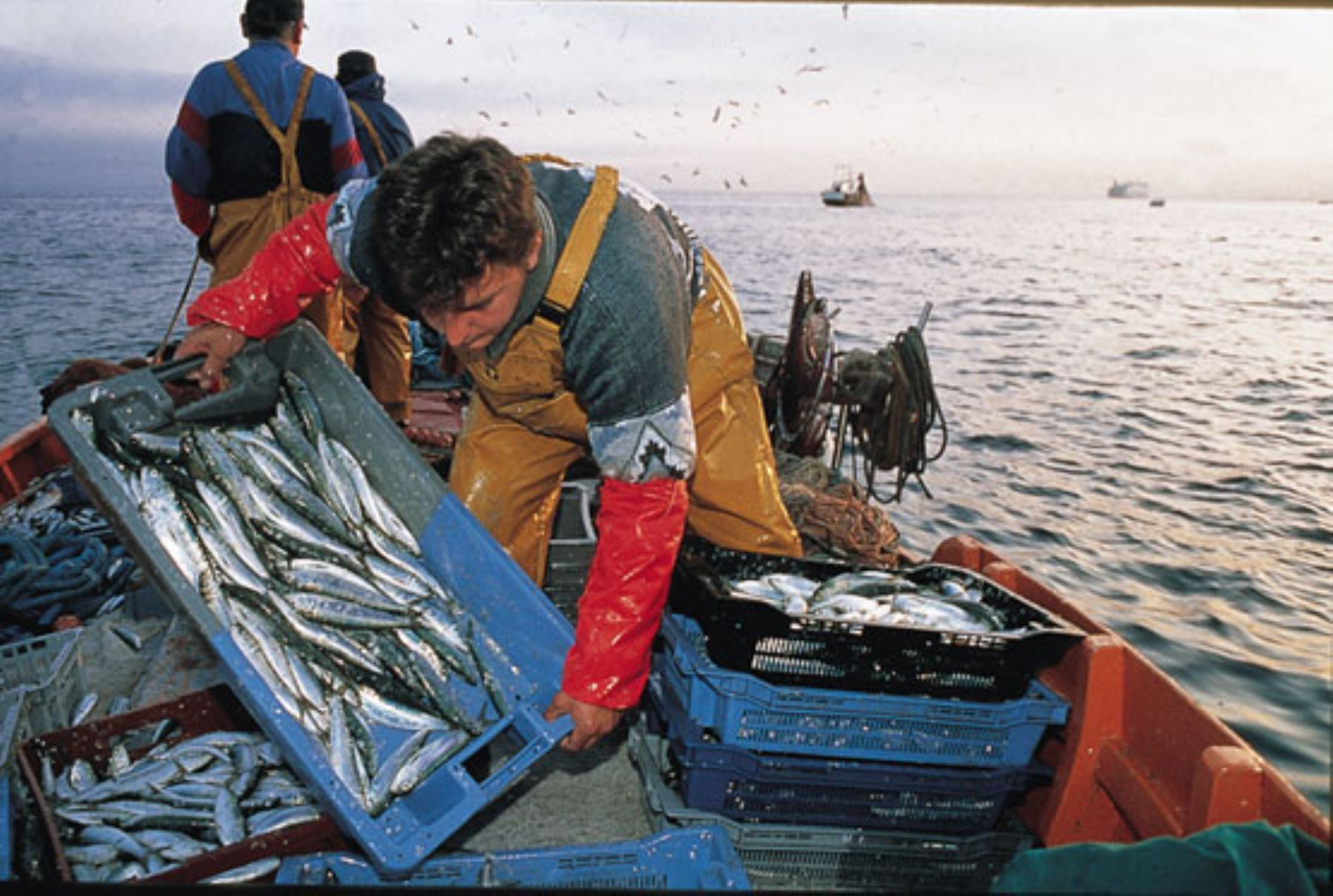
More than a year after Law 31749 was published, which recognizes ancestral traditional fishing and traditional artisanal fishing and promotes its preservation within 5 miles, the Ministry of Production (Produce) would be on the verge of publishing a partial regulation that endorses “new windows of penetration in favor of pseudo-artisanal vessels” that destroy the coastal strip with mechanized purse seine networks, according to sector unions.
The regulations of the so-called 5-mile Law should have been ready in August of last year. For this reason, on June 24 of this year a hearing was held before the Judiciary for the lawsuit filed by the Network for Sustainable Artisanal Fishing against Produce, claiming non-compliance with the promulgation. The Ministry argued that it had sent the document to its counterpart in Culture for approval.
However, five days ago, the general director of Fisheries and Aquaculture Policies and Regulatory Analysis, Ricardo Herbozo, had revealed to Congresswoman Janet Rivas that the publication would only be partial, since the changes to articles 20 and 33, referring to the warehouse capacity, would only be given in November. The seamen consider this a “double speech” and prepare a national march.
“Publishing this incomplete regulation would be unacceptable. The modifications to articles 20 and 33 of the regulations of the new General Fisheries Law are essential to protect artisanal fishing and prevent unfair competition and overexploitation of marine resources,” said Congresswoman Rivas.
The controversy arises because these two articles relax the limit of 32.6 m³ of winery to be called “artisanal”.
It turns out that, although the law will exclude industrial vessels from the first 5 miles of the Grau Sea, it will also allow fishing in the first 3 by the so-called “artisanal purse seine fleet”, subject to a report from Imarpe. For true artisanal fishermen, this is a new “window of entry”.
Produce networks
The former general secretary of the Single Union of Artisanal Fishermen and Civilian Divers of the Port of Ilo (SUPABCPI), Isaac Tapia, explains that there are “artisanal” vessels with a load capacity of between 50 and 80 tons that obtain a “double permit” to catch anchovy, mackerel, horse mackerel, and bonito, among other species.
Tapia explains that the vessels in dispute would have an opportunity to enter the 3 miles if they change their purse seine nets for more selective and modern gear. Otherwise, the damage to the sea floor “would be very similar to that of industrial sites.”
“We have gained the first 5 miles from the industrial fleet, but not from the so-called artisanal fleet. History has shown us that small purse seine vessels also cause a negative impact,” says the former leader.
For their part, artisanal fishermen in the Macrosur region have “held the authorities responsible” for any biological damage on the coast. In this sense, they have demanded a “complete enactment that does justice to the fishing resources,” under the guidelines of the law approved unanimously by Congress and made official by President Dina Boluarte herself. Produce decided not to participate in the publication of this note.
Mincul recognizes, but is not diligent
Yesterday, on the eve of Fishermen’s Day, the Ministry of Culture declared the cultural manifestations of traditional ancestral fishing on the coast of Lima and the north of the country as Cultural Heritage of the Nation.
These two declarations are added to other expressions linked to traditional ancestral fishing that have already been declared National Heritage, such as the “Caballito de Totora”, among others.
Source: Larepublica
Alia is a professional author and journalist, working at 247 news agency. She writes on various topics from economy news to general interest pieces, providing readers with relevant and informative content. With years of experience, she brings a unique perspective and in-depth analysis to her work.












